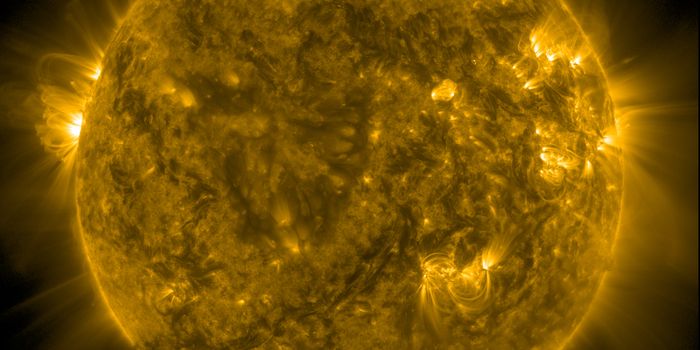Understanding the movement of Martian mars
New research led by scientists from the Institute of Geophysics at the Czech Academy of Sciences describes the latest findings of mud on Mars. The team collaborated with researchers from Lancaster University, the Open University, and the Rutherford Appleton Laboratory in the UK, CNRS in France, DLR and Münster University in Germany, and CEED in Norway. Their results are published in Nature Geoscience.
Martian mud is a new concept, as previously scientists had not been able to determine whether the lava-like flows were caused by lava or mud.
Lionel Wilson, Emeritus Professor of Earth and Planetary Sciences at Lancaster University, said: "We performed experiments in a vacuum chamber to simulate the release of mud on Mars. This is of interest because we see many flow-like features on Mars in spacecraft images, but they have not yet been visited by any of the roving vehicles on the surface and there is some ambiguity about whether they are flows of lava or mud."
The team simulated the movement of mud on the landforms that populate the Martian northern lowlands surface. These landforms are thought to be the result of devastating flood events, comparable to the largest floods ever known to have occurred on Earth.
In order to conduct simulations on the movement of Martian mud, the researchers used the Mars Chamber at the Open University to recreate the surface temperature (-20°C) and low atmospheric pressure found on Mars.
Unsurprisingly, they showed that free-flowing mud under Martian conditions is different from the mud we know and love on Earth. As Eureka Alert explains, this is “because of rapid freezing and the formation of an icy crust. This is because water is not stable and begins to boil and evaporate. The evaporation removes latent heat from the mud, eventually causing it to freeze.”
So the mud on Mars comes out looking more similar to what we call "pahoehoe" lava, which we can find on Hawaii or Iceland and forms undulating textures when it cools.
Lead author of the study, Dr. Petr Bro, explains the implications of their findings: "We suggest that mud volcanism can explain the formation of some lava-like flow morphologies on Mars and that similar processes may apply to eruptions of mud on icy bodies in the outer Solar System, like on Ceres."
Sources: Nature Geoscience, Eureka Alert









